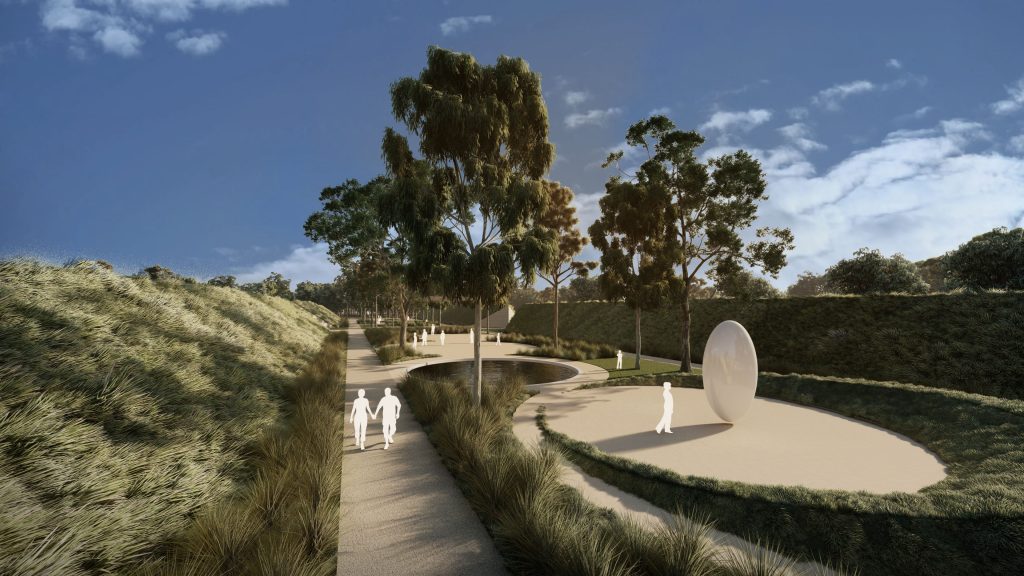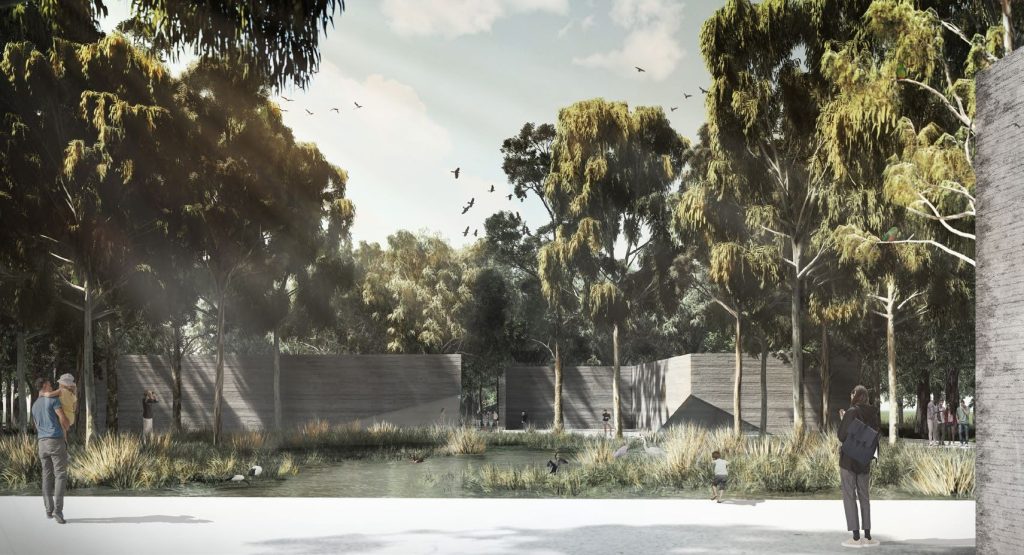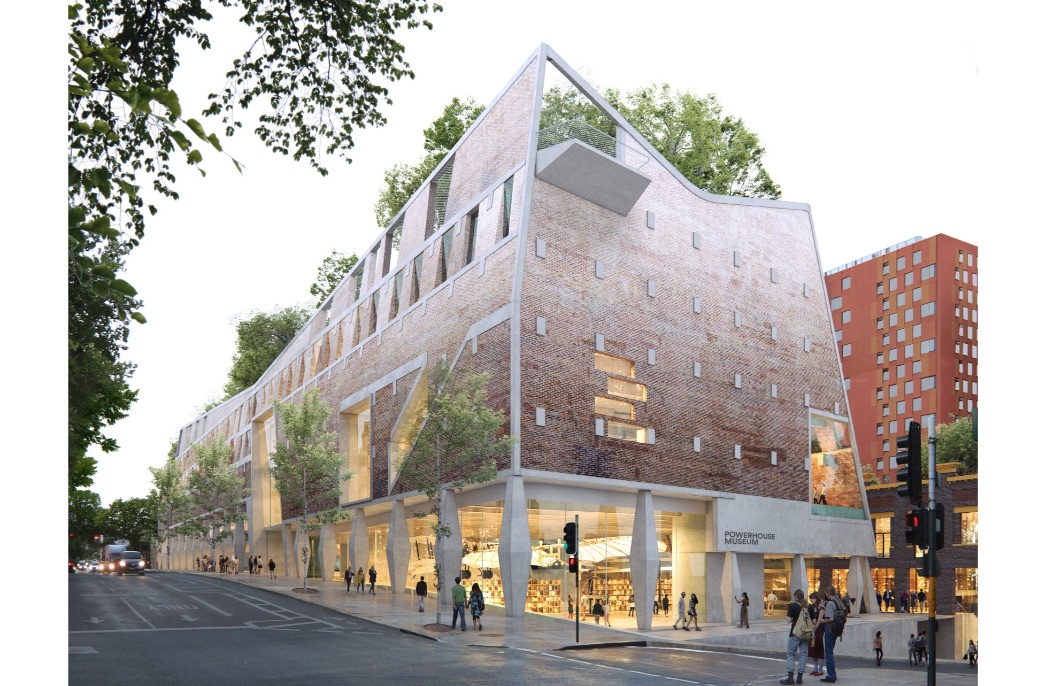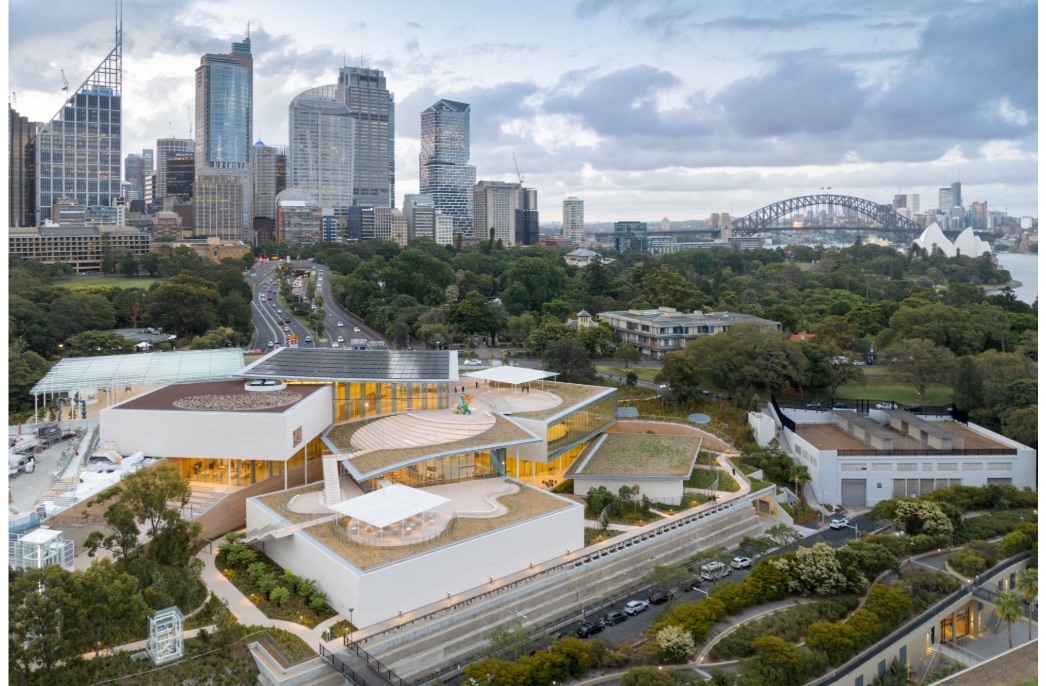
Melbourne’s largest public cemetery design in over 100 years
Melbourne’s largest public cemetery design in over 100 years
Share
A conglomeration of architecture and landscape design firms are reimagining conventional cemetery design at Harkness, near Melton.
The Greater Metropolitan Cemeteries Trust (GMCT) have tasked Architectus, Aurecon, McGregor Coxall and Greenshoot Consulting with designing stage one works at the new 128-hectare greenfield site. It sits opposite Gilgau Woodlands nature conservation reserve in Melton.
The winning entry from a worldwide design competition in 2021, the consortium’s plan will embrace Wurundjeri culture. It’s part of an ongoing pursuit to forge a respectful relationship of reciprocity with Wurundjeri as the traditional owners of the land, allowing for cultural awareness and knowledge exchange to occupy a necessary space in the zeitgeist.
The cemetery will also take a circular economy approach, drawing on elements such as regeneration, resilience and sustainability to support present and future generations in the action against climate change.

Integrated into the social fabric of Melton and Melbourne’s greater western growth, the site will function as a place of care, connection and progression. The design consortium is hoping the cemetery will be viewed as a regional destination for those seeking connection with Country, and with one another.
The design will be guided by three axes – ecological, cultural and community. The cultural axis presents a threshold that highlights the vastness of Melbourne’s west, whereas the natural axis, Arnold’s Creek, represents commitment to caring for Country and a sustainable future. The core is situated at the intersection of the three axes and acts as the aesthetically pleasing centrepiece of the cemetery.
The site will operate off-grid, and rely on a site-wide integrated water management plan to harness water for reuse.
GMCT CEO Andrew Erikson speaks of how cemeteries are an urban area that play host to an intersection of various communities, histories and belief systems.
“Our project at Harkness is rooted in values of compassion, respect, integrity and sustainability, and will provide a thoughtful designed place dedicated to remembrance,” says Erikson.

McGregor Coxall project director Miranda Wilkson echoed Erikson’s belief that cemeteries symbolise the surrounding culture and communities, and their varied relationships to nature and social norms.
“As designers and custodians of the land at Harkness, we have a responsibility to make a positive change for the community and environment,” says Wilkinson.
Architectus communities group director Mark van den Enden added that the design of Harkness will subvert expectations of what a traditional cemetery looks like.
“We’ve extended beyond a cemetery acting as a sanctuary for people to grieve and created an innovative, multi-use public space that includes recreational sites, retail venues and parklands that welcome the community and celebrate life,” says van den Enden.
Images supplied by Architectus, Aurecon, McGregor Coxall and Greenshoot Consulting.
Featured Image: Cultural smoking ceremony space.
Check out how Jessica Murtagh’s glass-work celebrates quotidian moments.
You Might also Like






















